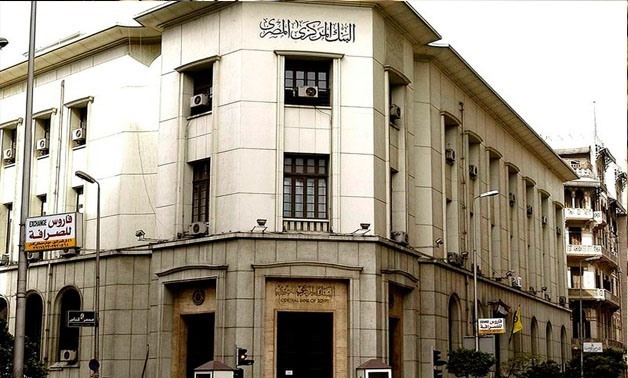
FILE - The Central Bank of Egypt (CBE)
CAIRO – 25 March 2018: Pharos Research predicted on Sunday that the Monetary Policy Committee of the Central Bank of Egypt will cut the policy rates by 100 basis points at the next meeting, following the inflation’s decline in February.
The upcoming meeting of the Monetary Policy Committee is scheduled to be held on Thursday March 29.
In a report from Pharos, headline inflation had reached 0.3 percent on a month-on-month basis, which resulted in annual inflation to decrease to 14.4 percent, down from 17.1 percent in January.
The core inflation rate for month-on-month in February was recorded at 0.4 percent; this was reflected on the annual rate to become 11.9 percent in February, from 14.4 percent in January.
The report said that the fall in headline and core inflation rates to the target level, 13 percent on a year-on-year basis, is a comfort factor for the central bank to make another cut in policy interest rates.
Given that the Monetary Policy Committee lowered interest rates by 1 percent in February, for the first time since the November flotation.
The overnight deposit rate now stands at 17.75 percent, down from 18.75 percent. The overnight lending rate is 18.75 percent, down from 19.75 percent.
According to Pharos, the drop in the inflation rates will lead to a decrease in the savings rate, with expectations to maintain a positive real savings rate as the deposit policy is correlated to the inflation.
Pharos’ anticipation of the interest rate’s cut comes as the central bank wants to narrow the gap between the inflation rates and the deposit rate.
In terms of the growth, Pharos said that the economy has an upward trend as it reached a growth of 5.3 percent in the second quarter of 2017/2018, from 2.8 percent in the same quarter of 2016/2017.
It added that gross domestic product increased in the first half of 2017/2018 to 5.2 percent, from 3.6 percent during the same period of 2016/2017.
Pharos attributed this growth increase to a 1.8 percent rise in the exports, and a 1.9 percent increase of investment.
Pharos said that its Financial Conditions Index, an indicator of the economic activity, has entered the loosening zone in February after staying in a tightening cycle for a whole year. Pharos clarified that despite the widening slope of Egypt’s inverted yield curve, this entry was driven by the increase in real broad money supply, the continuous decrease of real effective exchange rate for the Egyptian currency, and the fall in the interest rate.
Inflation jumped in Egypt after the country floated its local currency in November 2016, reaching a record high of 33 percent in July 2017, as a result of the pound losing 50 percent of its value and the cutting of energy subsides.
The central bank increased interest rates by a total of 7 percent since the flotation.
Fitch Rating expected earlier that inflation in Egypt will fall further this year but remain in double digits, averaging around 13 percent. It is assumed that further subsidy reform in July will lead to energy price increases, especially given higher oil prices.
Fitch anticipated in a report that the central bank will cut rates further this year by potentially another 200-300bps, while maintaining positive real interest rates even as global rates rise.

Comments
Leave a Comment